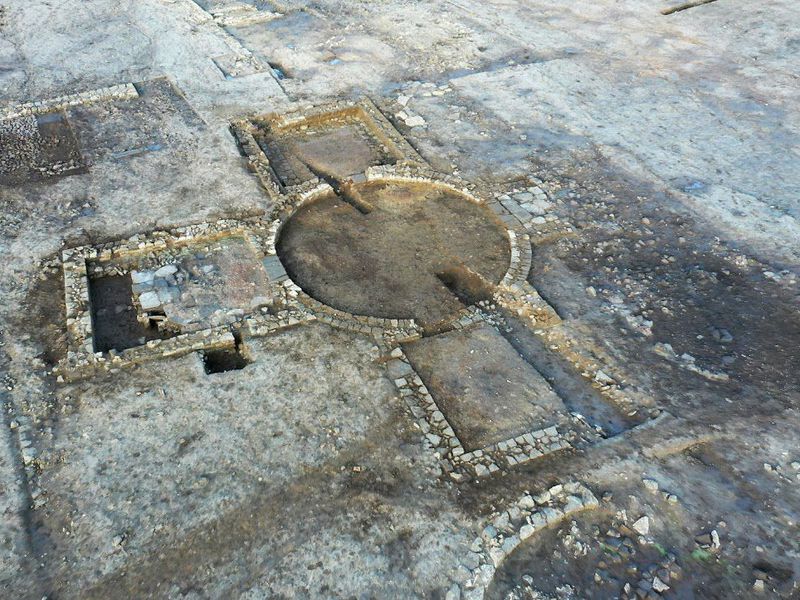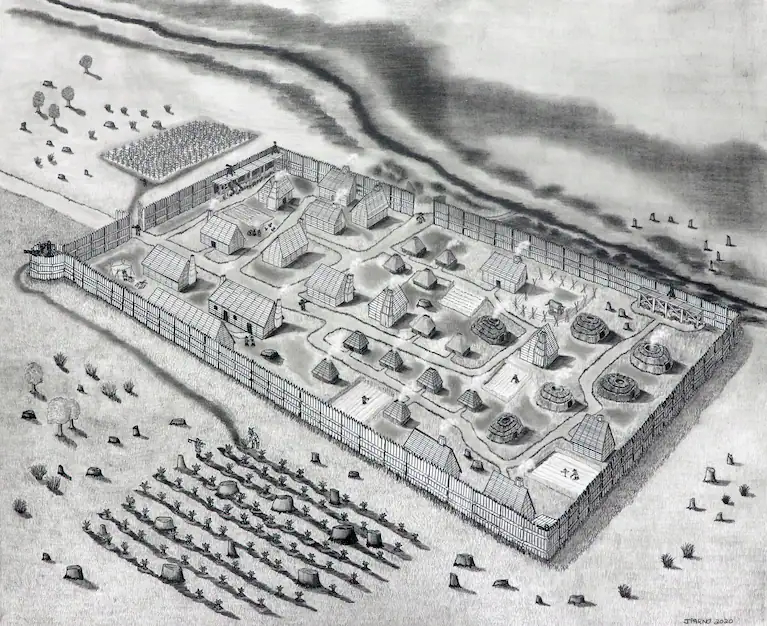This particular Notæ features two sets of discoveries, the first a set of archeological finds “across the pond” from each other and the second a set of physics results from two different labs, one in the United States and one in Europe, that both appear to challenge the standard model of physics.
“Archaeologists Unearth Sprawling Roman Ruins Unlike Any Found in the U.K.,” by Livia Gershon for the Smithsonian Magazine
“This is a really exciting discovery and definitely of national importance,” Keith Emerick, inspector of ancient monuments at Historic England, tells the Guardian’s Alexandra Topping. “I would say this is one of the most important Roman discoveries in the past decade, actually. Easily.”

“Archaeologists find earliest colonial site in Maryland after nearly 90-year search,” by Michael E. Ruane for The Washington Post

“This is our moment,” Parno said. “This is the earliest colonial archaeological site in Maryland. This is it.”
William M. Kelso, the archaeologist who in 1994 discovered the lost fort at Jamestown, Va., said the discovery is “extremely significant because St. Mary’s is sort of a sister colony … [and] it’s another page to the story, to chapter one.”
“First results from Fermilab’s Muon g-2 experiment strengthen evidence of new physics,” at Fermilab

The long-awaited first results from the Muon g-2 experiment at the U.S. Department of Energy’s Fermi National Accelerator Laboratory show fundamental particles called muons behaving in a way that is not predicted by scientists’ best theory, the Standard Model of particle physics. This landmark result, made with unprecedented precision, confirms a discrepancy that has been gnawing at researchers for decades.
The strong evidence that muons deviate from the Standard Model calculation might hint at exciting new physics.
“Machine finds tantalising hints of new physics,” by Pallab Ghosh for BBC News
There are building blocks of our world that are even smaller than the atom. Some of these sub-atomic particles are made up of even smaller constituents, while others can’t be broken down into anything else. The latter are known as fundamental particles.
The Standard Model describes all the known fundamental particles that make up the Universe as well as the forces they interact with.
But it cannot explain some of the biggest mysteries in modern physics, such as dark matter or the nature of gravity. Physicists know that it must eventually be replaced by a more advanced framework.
The Large Hadron Collider was built to discover physics beyond the Standard Model.




